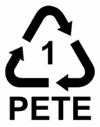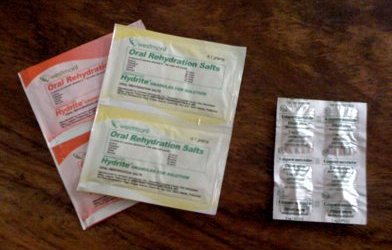Boiling
Many of us, especially those who have spent time the provinces, may remember our parents and grandparents boiling water for drinking. It's still the safest method of treating water but it does consume fuel. To boil water for drinking:- Put some water in a pot or kettle. Make sure the water has been filtered of debris, sediment and has not been contaminated by chemicals.
- Boil the water until it's bubbling vigorously for one full minute.
- After boiling, let it cool before drinking.
Chlorination with household bleach
- Add approx. 2-4 drops of bleach per liter of water (approx. 16 drops per gallon).
- Stir and leave it for 30 minutes.
- The water should have a slight bleach smell after 30 minutes.
- If you don't smell any bleach, treat the water again and wait an additional 15 minutes.
- Do not use the water if it still doesn't smell of bleach after the second treatment.
Solar water disinfection (SODIS)
Solar water disinfection, or SODIS is a new method that's starting to gain acceptance in tropical countries. It's simple, free and uses low-tech, easy-to-find materials. The World Health Organisation, UNICEF, and the Red Cross recommend the SODIS method for treating drinking water in developing countries.
Pictogram showing the SODIS method by Samuel Luzi, Fundacion SODIS
Other water treatment methods
There are many other methods you can use to create potable water for your family. However, they need more research, practice or require equipment or supplies that aren't so readily available.- Iodine: See instructions on instructables.com. I haven't included this in the main section as there are some concerns about safe doses.
- Calcium Hypochlorite (used for treating swimming pool water).
- Distillation: How to distill clean drinking water in emergency.
- UV light sterilizer, like a SteriPEN.
- Water filter. There are many different brands and models with different capabilities so you'll need to look around for one that suits your needs.


